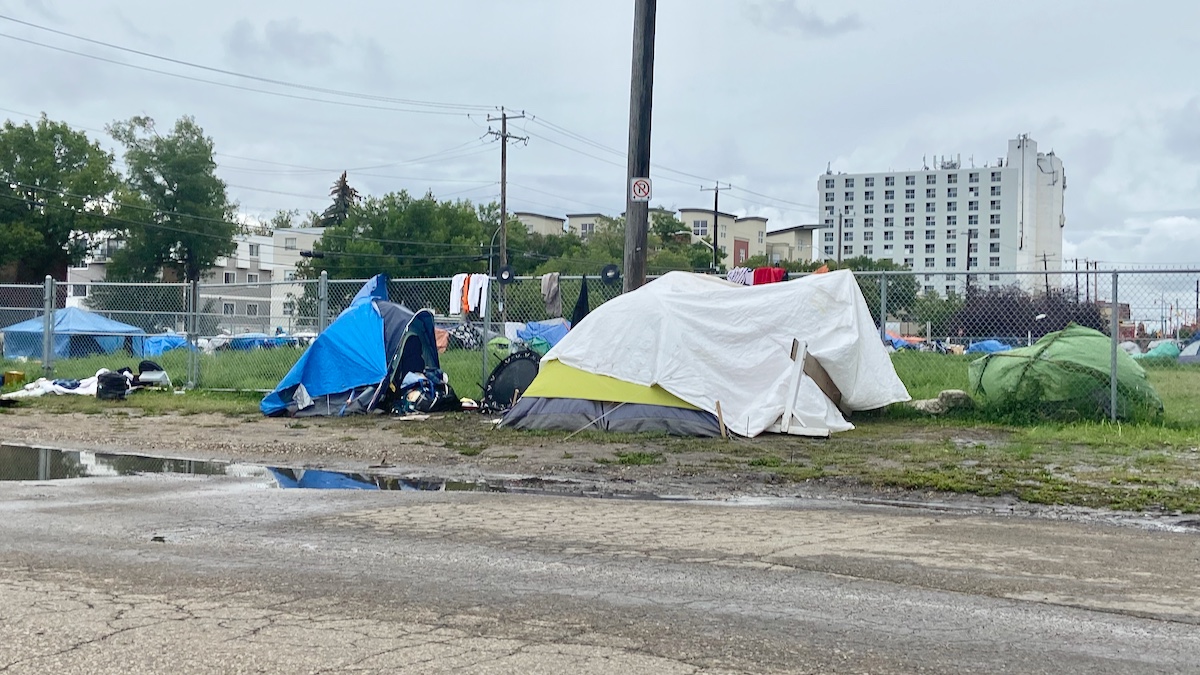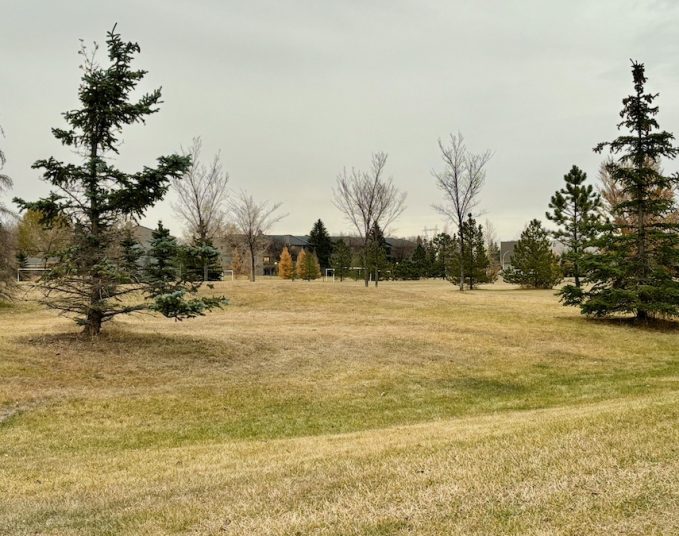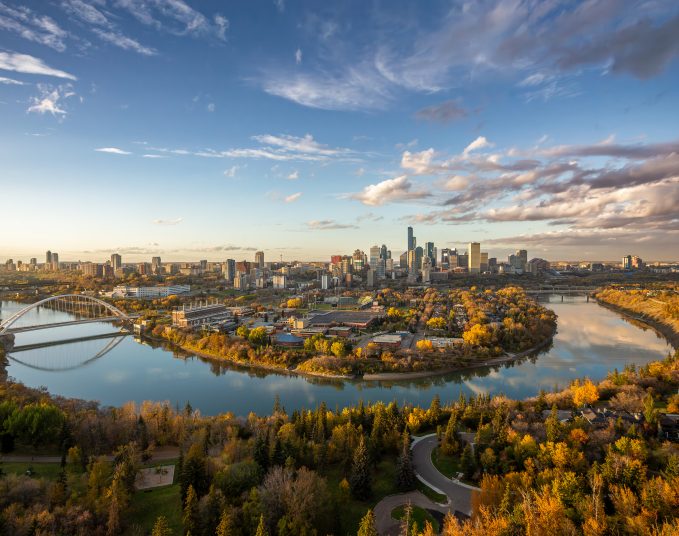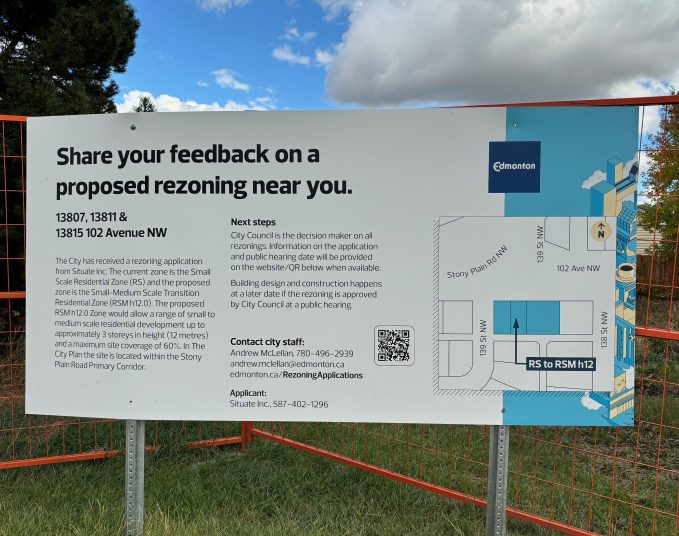We are a city grappling with overdose deaths and houselessness. But, a clash of values and visions for Edmonton’s future has flared into a full-scale battle over one proposed facility that is aimed to provide addiction services, mental-health resources and other aids for Edmonton’s houseless population.
The thing is, this proposed facility is planned to go nowhere near the inner-city neighbourhoods that host most of the supports for our houseless population. This “Health Hub” is slated to go east of the train tracks, a block south of Whyte Avenue, in the West Ritchie community, adjacent to Old Strathcona. According to the plan, the services to be offered include addiction prevention and education, access to social workers and recovery coaches, treatment and recovery, primary health care, physician and nurse practitioners, wound care, STI prevention testing and treatment, and immunization.
Currently, the neighbourhood is a mixed-use area, with apartments, condominiums, stores like The Paint Spot, Alhambra Books, Southern Autobody, and Klondike Insurance Agencies. Many of these are zoned as Direct Development Control, which is less straightforward than other types of zoning. (The new zoning bylaw, by the way, is supposed to reduced the need for such direct-control areas.)
Boyle Street Community Services’ Diana Elsniki says the location, called Mahihkan Kamik, which translates to “Wolf Den” in Cree, is “targeted to specific populations; individuals who are living with complex psychosocial and clinical needs, who are vulnerable and underserved, who have problematic substance use and require a higher intensity of services to achieve and maintain functional stability.”
But, with petitions, heated community debates, a website, a letter-writing campaign, and appeals to the Subdivision and Development Appeal Board (SDAB), a group called the SCONA Concerned Citizens has twice stopped a supervised consumption site (SCS) from going ahead.
Both times, the provincial government has committed to provide $2.15 million in annual funding.
Both times, the City of Edmonton Current Planning Branch approved it, with two development permits passed.
Both times, the SCONA Concerned Citizens and the community have taken their objections to the SDAB, and won.
The SBAD is a quasi-judicial body created by the City of Edmonton that has the same authority as a development officer. Typically, it deals with zoning issues like a daycare’s capacity in a residential area or the construction of a garage. Made up of citizens who may be architects, engineers, planners, and the like, the volunteer board hears appeals to development permit decisions and makes rulings based solely on Edmonton’s zoning bylaws.
Jordan Reiniger, Executive Director of Boyle Street Community Services (BSCS), says that both times the permit was “denied on bureaucratic technicalities that could have been dealt with later.”
Reiniger adds: “They’re using whatever they can to block it.”
SDAB spokesperson Dale Shekooley explains that politics don’t play into the board’s deicisions. “SDAB decisions are limited to matters related to planning and development. Although sometimes social issues or other matters are brought up during the hearing, these are outside the jurisdiction of the board.”
The 2024 proceeding was unusual in that it had 14 appellants and went on for three days. Lawyers participated on both sides, and the meetings were heated. Typically, there are one or two appellants and the meetings are a few hours.
“As an administrative tribunal the principles of natural justice and procedural fairness govern the board throughout its processes. These principles include the right to be heard and the right to a fair and impartial hearing,” says Shekooley.
Why West Ritchie?
The site was chosen based on the existing need for support in the area — including dispatch records for emergency services being called to overdoses on the south side of Edmonton. Strathcona and Ritchie are two of the top four neighbourhoods for drug poisonings and emergency calls for service, with calls increasing 12 per cent year over year according to emergency service records.
As well, City Council has already shown concern that too many shelter beds and support services are concentrated in the Boyle-McCauley and Chinatown areas. In fact, 85 per cent of shelter beds in the City are located in those central neighbourhoods.
The opposition to the site development permit asked the SDAB be “sensible,” “reliable” and “reasonable.” According to the SDAB meeting records, appellants said:
“The statistics do not matter. What is important is the perception.”
“They have to decide what is more important – the safety of children or the safety of drug addicts.”
“This is to prevent vagrancy, encampments and the undeniable influx of individuals who will bring crime.”
“OPS sites bring with them a host of nuisances.”
“This facility needs to be custom-built somewhere else.”
“Many ordinary, hard-working Albertans have invested millions of dollars [in the area].”
“Drug addiction should not destroy a vibrant community by increasing violent crime and decreasing safety.”
“It isn’t the building, it’s the devil that lays within.”
Elliott Tanti of BSCS says that in “submissions provided by appellants, a clear and very problematic unconscious bias has emerged — the notion that only property owners are those with skin in the game.”
The City of Edmonton ensures all citizens have an opportunity to speak at these proceedings.
But, Reiniger says that “The meetings were prejudicial about people who are vulnerable and racialized,” and that “there was no requirement of decorum.”
At the heart of the debate is that our community, Edmonton, is dealing with significant drug poisoning deaths and we, as a community, need to manage it. For years, the services like shelters, safe consumption sites and supports for our houseless population have been centred in the Chinatown and Boyle-McCauley area. The mandate from City Council is to spread services and share the burden throughout the city. It’s simply too many people with need concentrated in one place.
The primary use of this supervised consumption site is to prevent death by drug overdose. Of all opioid-related poisoning hospitalizations in Canada, 65 per cent are accidental, according to Government of Canada statistics.
“Many of the individuals who have spoken in opposition to the proposed Health Hub have weighed business interests and property value against the value of people which is deeply disturbing,” says Petra Schultz of Moms Stop the Harm, a network of Canadian families impacted by substance use related harms and death who advocate for change in failed drug policies and support grieving families. She asks “how money can trump the life of a person and how are business interests more important than providing desperately needed health services?”
Edmontonians are dealing with poverty and houselessness at ever-increasing rates. The numbers have doubled since June 2021 according to the By-Name List, which is not a true reflection of those seeking housing, it only reflects the 4,697 individuals who have chosen to be on record.
There is consideration for a third application with a modified proposal, as BSCS still has the space leased. It will not be eligible to reapply until summer, 2025.
Savvy AF. Blunt AF. Edmonton AF.




